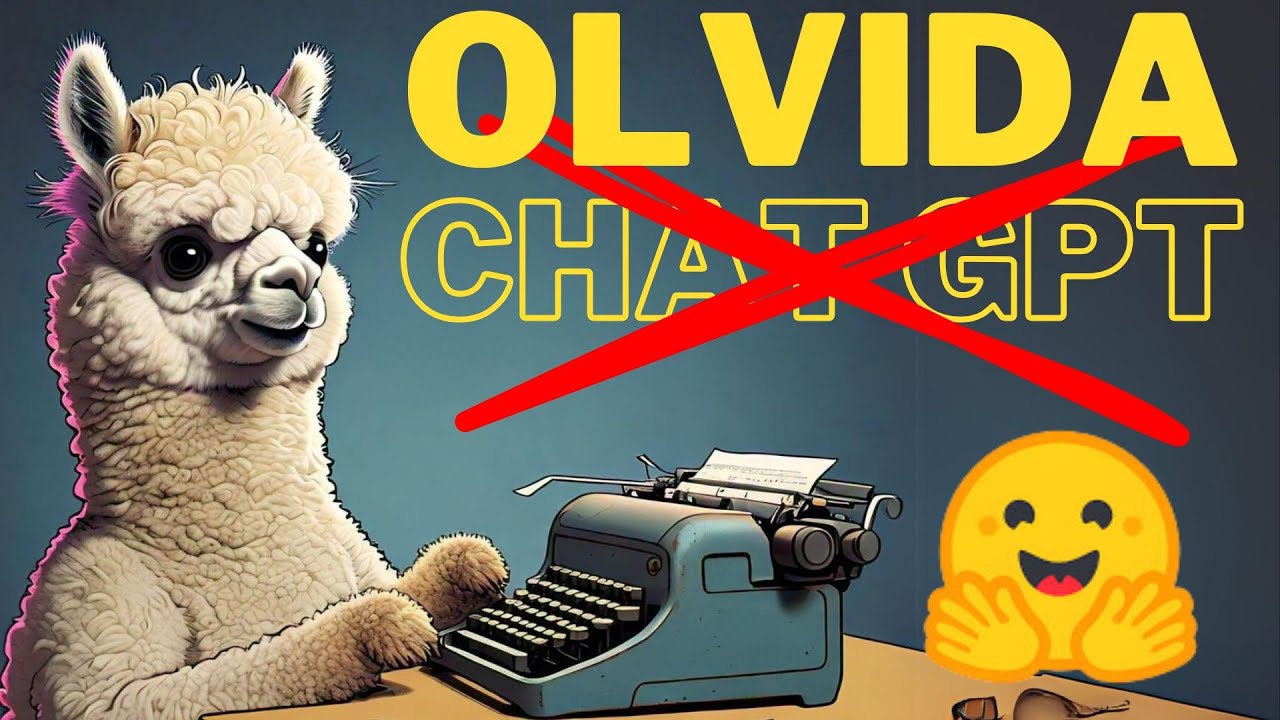Secure Your Microservices with Keycloak | OAuth2 & JWT | Spring Cloud Gateway
Summary
TLDRThis video introduces Keycloak, an open-source identity and access management tool, highlighting its advantages for securing microservices. It explains how Keycloak simplifies authentication and user management by handling user storage, authentication, and authorization without requiring coding. Keycloak offers features like user federation, customizable login pages, social login, and fine-grained authorization. The video also demonstrates Keycloak integration with a Spring Boot microservices application using Docker. A step-by-step guide explains setting up security configurations, JWT token management, and API integration with Keycloak, showcasing its ease of use and scalability.
Takeaways
- 🔑 Keycloak is an open-source identity and access management tool that simplifies adding authentication to applications and securing microservices.
- 🔒 Keycloak handles authentication and authorization, eliminating the need for applications to store or authenticate users themselves.
- 📱 Keycloak offers features like user federation, strong authentication, user management, and fine-grained authorization, which are all customizable.
- 🔐 Keycloak enables easy integration of login forms, recovery passwords, and two-factor authentication without any coding changes.
- 🧑🤝🧑 Single Sign-On (SSO) with Keycloak allows users to access multiple applications after a single authentication.
- 💡 Keycloak supports identity brokering and social login integration, making it easy to authenticate users using social networks.
- 🗄️ User Federation allows Keycloak to integrate with external identity stores like Active Directory and relational databases.
- ⚙️ Keycloak supports standard authentication protocols like OAuth 2.0, OpenID Connect, and SAML 2.0.
- 🔄 The script explains how to integrate Keycloak with Spring Boot applications, including necessary configurations and settings.
- 🧩 A detailed walkthrough is provided on configuring Keycloak clients, client scopes, and roles, and integrating it with a Spring Cloud API Gateway for secure service access.
Q & A
What is Keycloak?
-Keycloak is an open-source identity and access management tool that adds authentication to applications and secures microservices with minimal effort. It provides features like user federation, strong authentication, user management, and fine-grained authorization.
What are the advantages of using Keycloak for authentication?
-Keycloak simplifies the authentication process by handling user storage and authentication, eliminating the need to manage these in the application. It supports user federation, customizable login pages, password recovery, and two-factor authentication, along with single sign-on and strong session management.
How does Keycloak help with Single Sign-On (SSO)?
-Keycloak allows users to authenticate once and access multiple applications without needing to log in again. It manages sessions across applications, providing strong session management capabilities and reducing the need for individual login forms in applications.
What is user federation in Keycloak?
-User federation in Keycloak refers to the capability of integrating with external identity stores, such as LDAP or Active Directory, to manage user authentication and storage externally. Keycloak has built-in support for these services.
What protocols does Keycloak support?
-Keycloak builds on industry-standard protocols, supporting OAuth 2.0, OpenID Connect, and SAML 2.0 for secure authentication and authorization.
How does Keycloak handle authorization?
-Keycloak provides fine-grained authorization services, allowing you to manage permissions for services through the admin console. It also supports role-based and policy-based access controls to meet different authorization needs.
What are some of the main features provided by Keycloak?
-Keycloak offers features like single sign-on (SSO), user federation, social login, identity brokering, customizable login pages, password recovery, strong session management, and clustering capabilities for scalability.
How can Keycloak be installed using Docker?
-Keycloak can be installed with Docker by running a simple Docker command. The command includes specifying a username, password, Keycloak version, and optionally changing the default port. After running the command, Keycloak will be accessible via the provided port.
What is a Realm in Keycloak?
-A Realm in Keycloak is a tenant that isolates different applications and users from each other. Each Realm can have its own clients, users, and configurations. You can create realms for specific applications, employees, or customers.
How does Keycloak integrate with a Spring Boot application?
-To integrate Keycloak with a Spring Boot application, dependencies like 'Spring Security' and 'Resource Server' are added. The Keycloak server handles user authentication, and the Spring Boot application uses the JWT token for authorization. Configuration steps involve setting up the security filter chain, enabling JWT decoding, and defining access rules.
Outlines

This section is available to paid users only. Please upgrade to access this part.
Upgrade NowMindmap

This section is available to paid users only. Please upgrade to access this part.
Upgrade NowKeywords

This section is available to paid users only. Please upgrade to access this part.
Upgrade NowHighlights

This section is available to paid users only. Please upgrade to access this part.
Upgrade NowTranscripts

This section is available to paid users only. Please upgrade to access this part.
Upgrade NowBrowse More Related Video

Streamlining Keycloak Configuration Management: Exploring keycloak-config-cli by Francis Pouatcha

Olvida Chatgpt! HuggingChat la versión open source, gratis, y con LLAMA3.2 incluido 🤑

IDM Europe 2018: WSO2 Identity Server vs. Keycloak (Dmitry Kann)

Low-Latency Remote Desktop for Gaming and Work ...

Mastering Terraform Interview Questions: 15 Essential Questions & Answers | Demystifying Terraform

How to Get Started with SQLMesh, a dbt Alternative!
5.0 / 5 (0 votes)